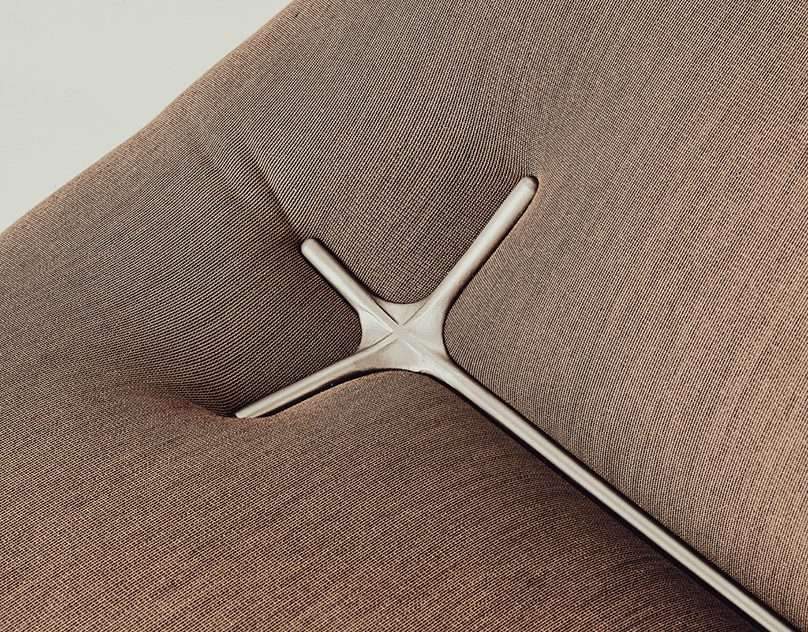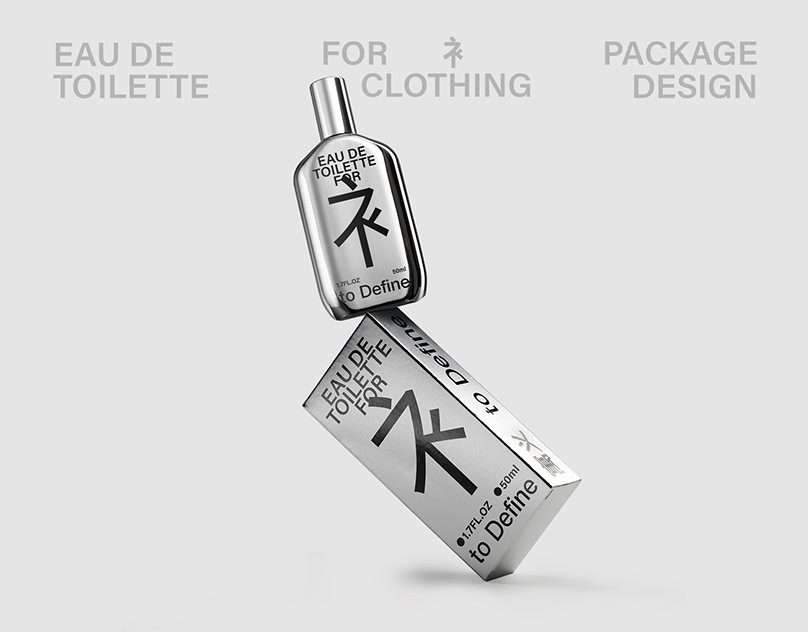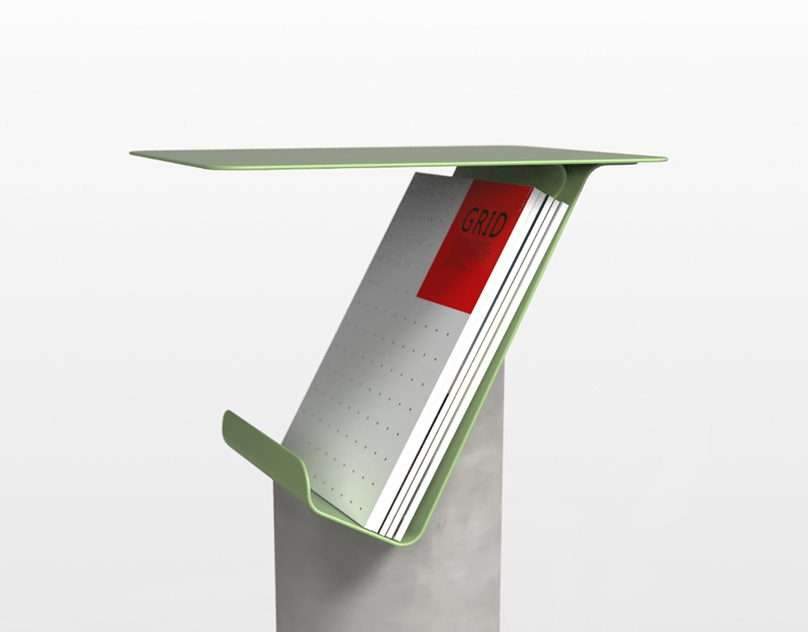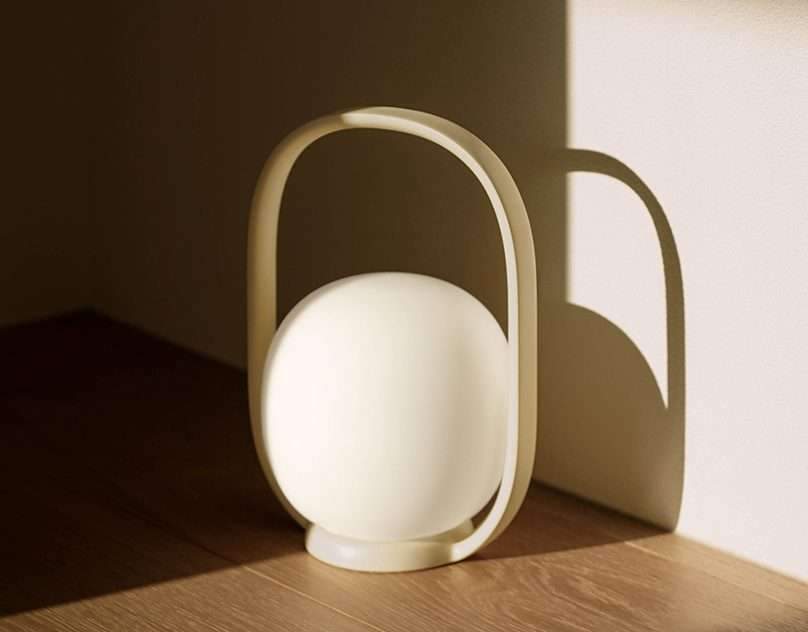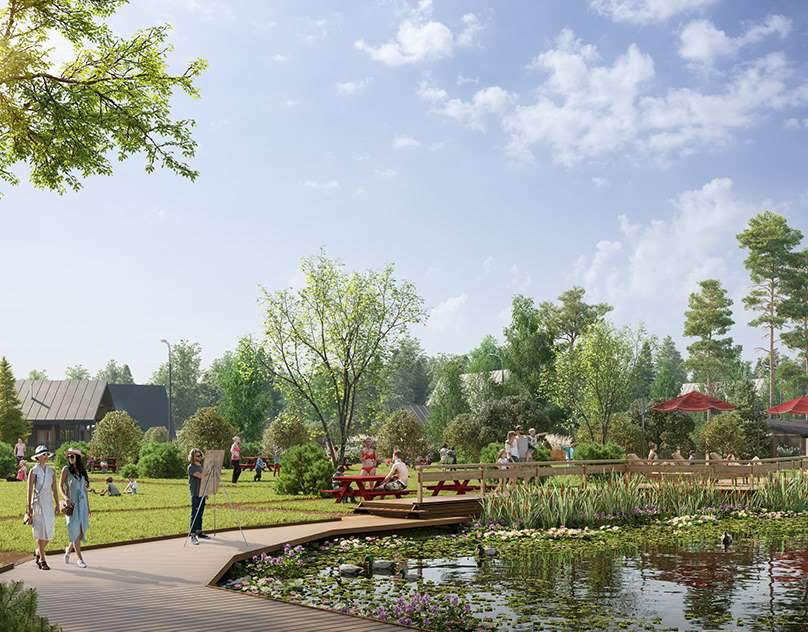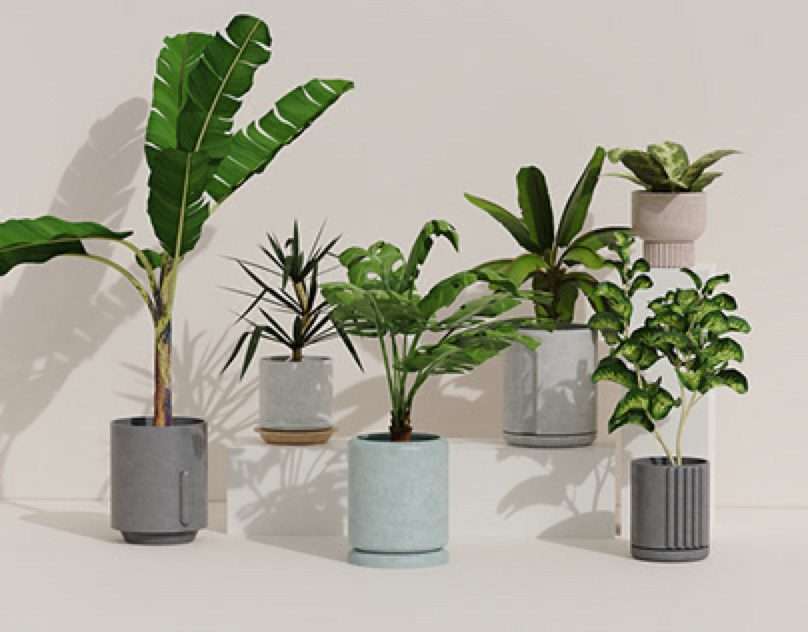The new joint solution’s point is that we have some external tools (metal elements are produced by additive technology) that distort and press the foam to reach its final shape. This method reduces waste and makes a mechanical connection among the components instead of gluing.
The idea is the analogy of the traditional “tufting” technique – just the foam is distorted along lines and more complex forms instead of points.
During the design process, I analyzed the original nature of a chair. In my previous works, I declared that a piece of furniture is a kind of “bridge” between the human and the space – and perhaps the chair is the best example of this statement. The seat (shell) of the chair is to include the human body – thus it should have an organic shape – and the legs connect this organic form with the space, the architecture – and they have a statical function. In the case of my chair, I was wondering about the different kinds of scales between the furniture and the human – I thought my chair can include different scaled disciplines – since it is upholstered, it includes some kind of textile designer approach (which is even more dependent of the human body) and through my metal element solution, I decided that I would like to make it as detailed as a piece of jewelry. I was looking for analogies in these different kind of creative fields: jewelry design, textile design, furniture design, and architecture. I was looking for solutions for the relation between a soft and a hard phenomenon – like metal ear cuffs and human ear, or like zippers and drapery. But one of my most important realizations was that my idea can be similar to the wall tie bars used in architecture (those iron elements have statical function and keeps the walls vertical). As a consequence, I decided to use these metal elements not just for distorting the foam, but to “tensioning” the chair’s shell to the metal legs – thus they create the connection between them.
The reason why I call the series “Crosses” is this solution crosses these different fields between human and space, these elements go through the chair’s shell, and because of their shape.
On the other hand, after I came up with the idea of this innovative tufting technique, I realized that from an emotional point of view, this tensioning gesture expresses the feeling of anxiety. Anxiety is the most determinative emotion in my life related to the last (at least) 1,5 years.
https://www-ccv.adobe.io/v1/player/ccv/KwdxbG2e7Vq/embed?api_key=behance1

